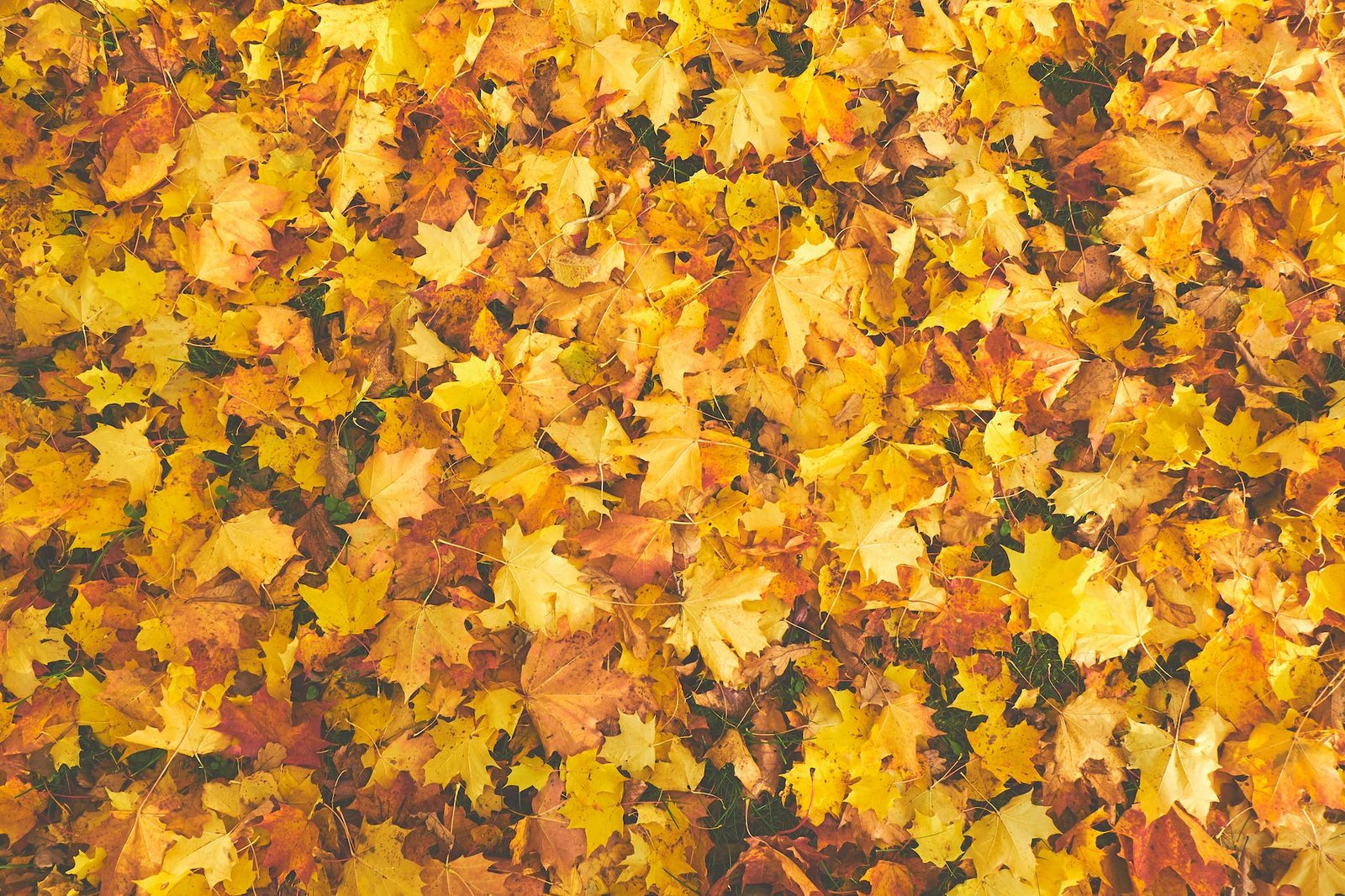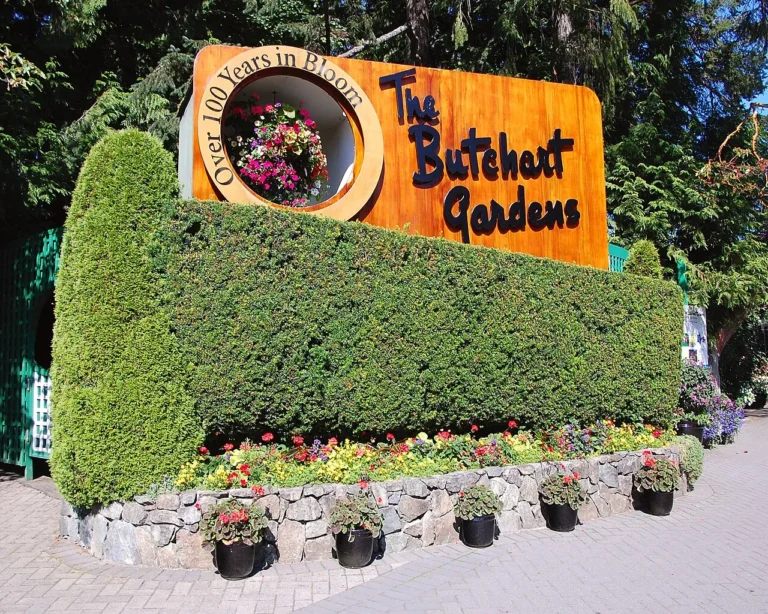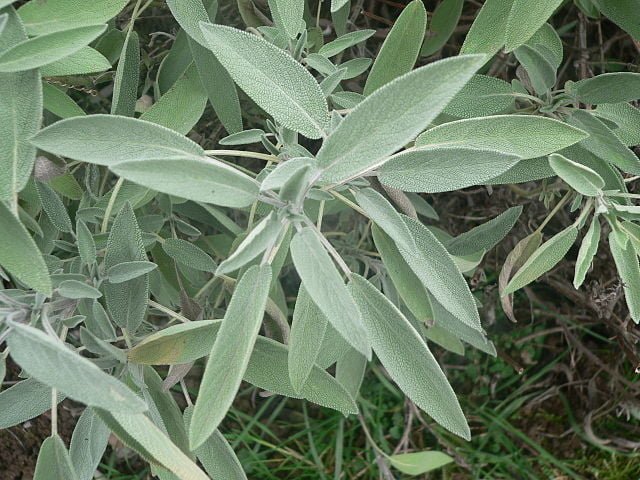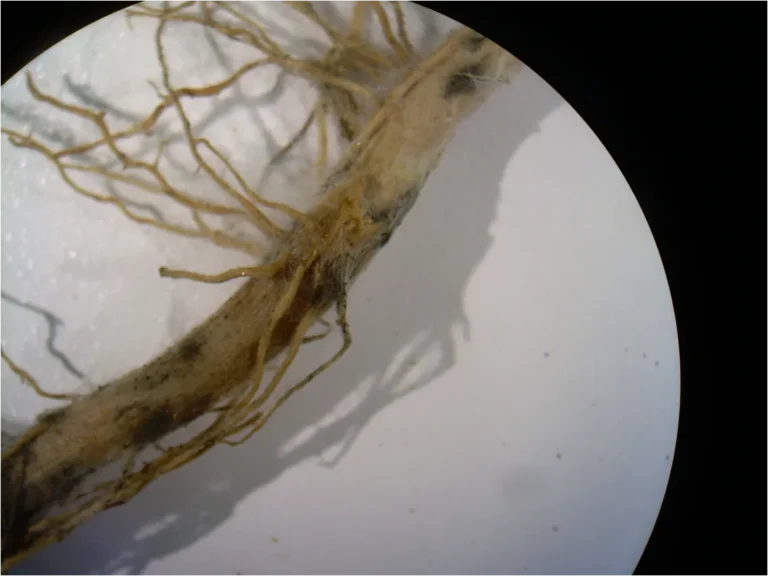Fall Garden Bed Preparation: A Guide to Winter-Ready Gardens
As the colourful leaves start to drop and the air turns crisp, every gardener knows that it’s time for fall garden bed preparation. In many parts of the world, fall is a crucial season for garden maintenance. Not only does it prepare the soil for next year’s planting, but it also provides an opportunity to take preventative measures against pests, diseases, and harsh winter weather.
In this article, we’ll take you through a detailed guide to preparing your garden beds for the winter months. From cleaning and soil enrichment to mulching and pest control, we’ll cover all the bases. With the right preparation, you can set yourself up for a bountiful gardening season come springtime.
Why Fall Garden Bed Prep Matters
Fall garden bed preparation is crucial for several reasons:
- Soil Health: By replenishing your soil in the fall, you’re giving it time to absorb nutrients and improve structure for the spring.
- Pest Control: Fall is an ideal time to manage and prevent pest problems.
- Protection: Proper preparation ensures your perennials and soil are protected from the winter elements.
Cleaning Out Your Garden Beds
Remove Dead or Diseased Plants
Start by removing any plants that have finished their life cycle or show signs of disease. Dispose of these plants in your compost pile, but only if they’re disease-free.
Weed Control
Now is also the perfect time to pull out any weeds. You can add weed-free material to your compost pile, but dispose of invasive or seed-bearing weeds separately.
Prune Perennials
Prune back your perennials after they’ve gone dormant. This helps to keep them healthy and may encourage more vigorous growth in the spring.
Soil Enrichment
Test the Soil
Before adding any soil amendments, it’s a good idea to test your soil’s pH level and nutrient content. Kits for this purpose are readily available at gardening centres.
Organic Matter
Add organic matter like compost, well-rotted manure, or leaf mould to enrich your soil. These provide nutrients and improve soil structure.
Fertilizers
Depending on your soil test results, you may also need to add specific fertilizers to address deficiencies.
Pest and Disease Control
Inspect for Pests
Thoroughly inspect your soil and plants for signs of pests such as aphids, snails, or grubs. Remove them manually or treat the area with appropriate insecticides.
Disease Management
To prevent diseases like mould and mildew, ensure good air circulation during the wetter months. Consider applying a natural fungicide as a preventative measure.
Mulching and Protection
Types of Mulch
The type of mulch you choose will depend on your specific gardening needs. Straw, wood chips, and leaf mould are popular options.
Application
Apply a layer of mulch 2-4 inches thick over your garden beds. This helps to protect the soil from erosion, retains moisture, and provides an extra layer of insulation for root systems.
Final Thoughts
Fall garden bed preparation is an investment in your garden’s future. By taking the time to clean, enrich, and protect your garden beds, you’re paving the way for a more successful and hassle-free gardening season next year.
So, grab your gloves and get started—the rewards are well worth the effort!
We hope this comprehensive guide to fall garden bed preparation serves as a valuable resource for all your autumnal gardening needs. Stay tuned for more informative articles from Gardeners Emporium to keep your garden thriving through all seasons!







